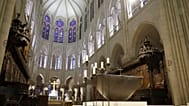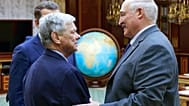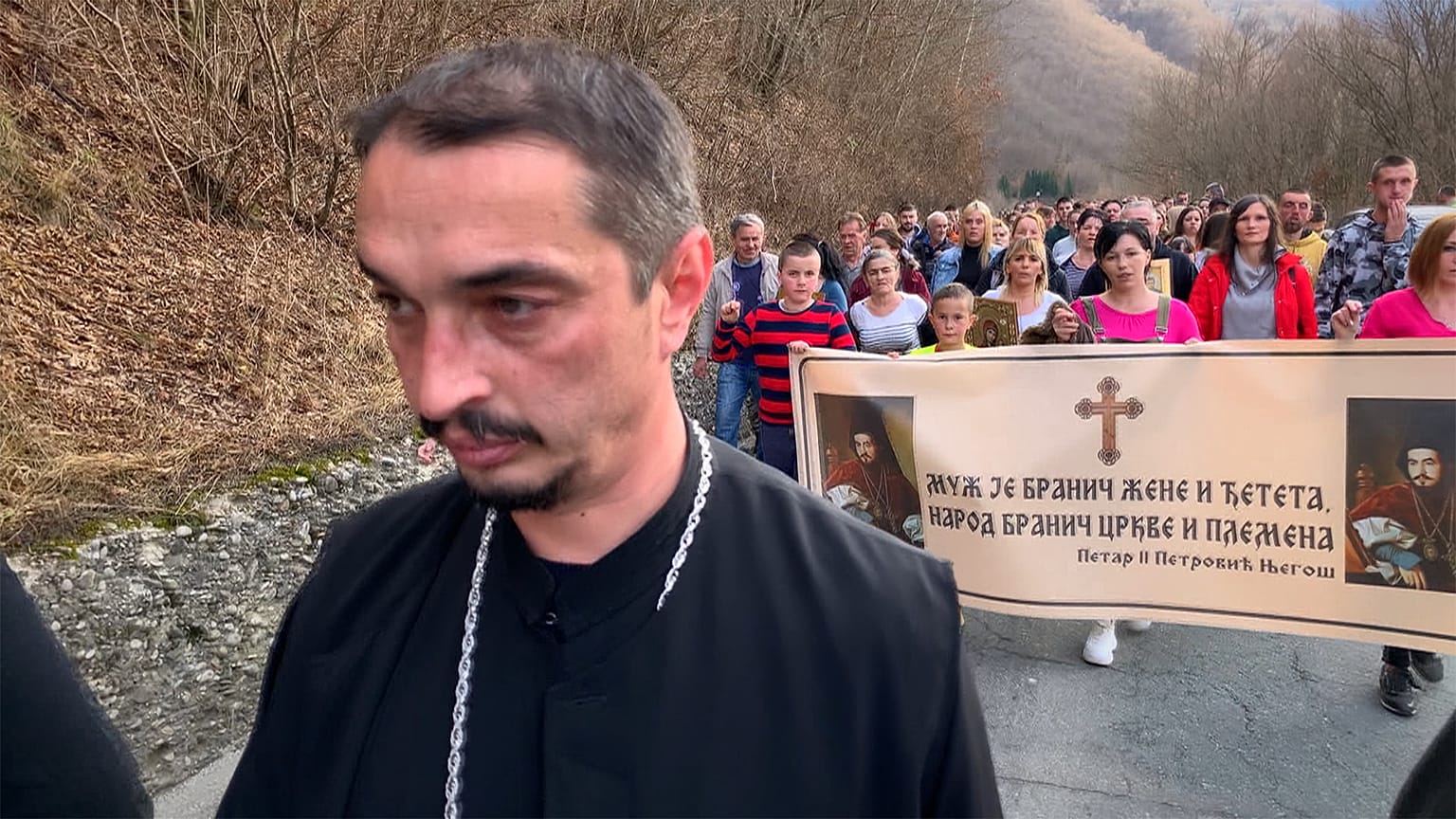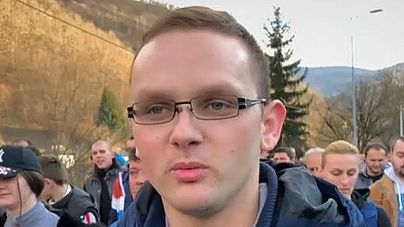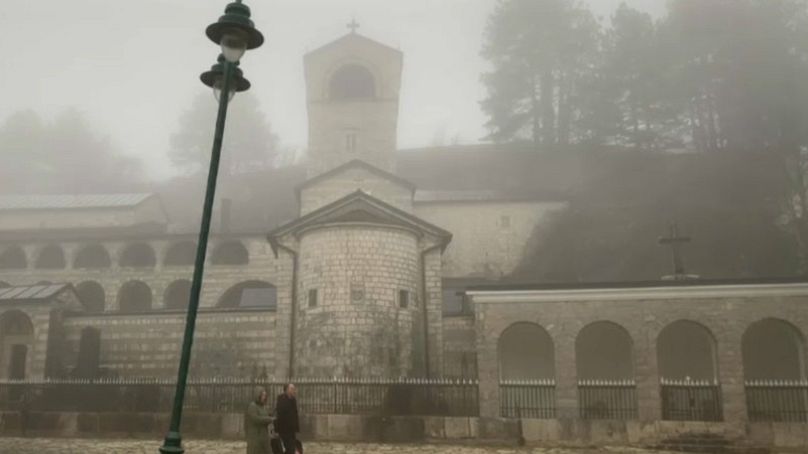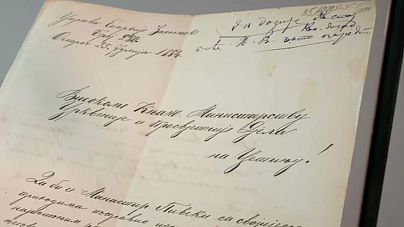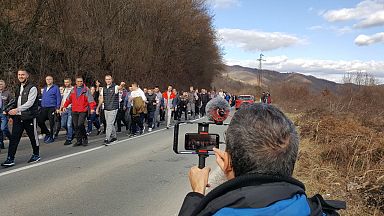A dispute over church property is exposing deep divisions in the small Western Balkans country of Montenegro. While the conflict is rooted in history, it is also about Serbian identity.
Tension is rising in Montenegro as a dispute over church property opens deep divisions in the small Western Balkans country.
The Serbian Orthodox Church has called on its community to protest against a new law that it says threatens its ownership of church property.
Under the new law, religious groups unable to provide evidence of ownership risk losing it to the State.
The government says it wants to clarify who owns what, and the new law invites religious communities to register their properties.
The law was passed in December amid chaotic scenes in the Montenegrin parliament. Police intervened to break up scuffles and 18 deputies were detained.
Huge protests have been taking place since then. By some estimates, the protests have attracted more than 15 per cent of the population.
Montenegro was part of the same country as Serbia for nearly 90 years until its independence in 2006.
An estimated 70 percent of Montenegro's population of 620,000 are Orthodox faithful, most of them following Serbian Orthodox Church rites while a small minority follows the non-recognised Montenegrin Orthodox Church.
Bishop Joanikije, of the Serbian Orthodox Church, says freedom of religion is “under threat”.
He told Unreported Europe: “The property rights of our church are threatened. Our holy places are threatened. Our legal status is threatened. We do not want to lose those rights we have acquired over 800 years.”
While the dispute is rooted in history, it is also about Serbian identity. Feelings are running high.
Veselin Ljesnak, who took part in a recent protest in the northern town of Bijelo Polje, said: “The Serbs know a lot about suffering. But never before did we feel such shame and betrayal as this one we’re living through right now.”
With elections coming up in Montenegro, religion is getting mixed up with politics. Radical groups are taking stock and the protests over church property rights are increasingly becoming politicised.
Radovan Rakocevic is active in a political party fighting for Serbian-Montenegrin unionism.
He says Serbian identity has been under threat since Montenegro’s independence referendum in 2006.
“After the referendum … discrimination started against us. The usual things, easy to explain, because of the Serbian people having voted 100 per cent for state unity of Montenegro with Serbia.”
In Bijelo Polje he rallies protesters. “I am active on social networks,” Rakocevic said. “I discuss with friends and people I know. I call them by phone to invite them to take part in our protest marches.”
Rakocevic (pictured) has founded a local branch of the Saint Sava society. Back in the 19th Century this Belgrade-based organisation fought for Serbian identity across the region - linking religious feelings with political moves for a "Greater Serbia".
In the days of the kingdom of Montenegro, it was the state that had official ownership of religious buildings and the land they were built on - but at the same time granting the use of this property to the church. Today's new law wants the same arrangement.
Mehmed Zenka, the Minister of Human and Minority Rights, said the state was not seeking to confiscate church property.
He said outside forces were using the church protests to destabilize the country.
“Each day, and more and more often, you hear political slogans during the protests. People are shouting: Serbia. Kosovo. Serbia. Kosovo.
“The aim is obvious, it is about destabilising Montenegro and to doubt the statehood of Montenegro.
“Russia and Serbia were against our independence and against the integration of Montenegro into NATO. Their fight to destabilise Montenegro continues. They want to show that this State cannot exist.”
The famous monastery of Cetinje, the former capital of the old kingdom of Montenegro, is at the centre of the row. It is claimed by both rival Orthodox churches.
In 1920 the Serbian Orthodox Church swallowed up its Montenegrin neighbours. Today, the monastery is the official headquarters of the Serbian Orthodox Church. But the Montenegrin Orthodox Church wants the building back.
Metropolitan Mihailo, of the Montenegrin Orthodox Church, said the protest marches are being funded from outside the country.
“The Serbs living in Serbia have contacts with the Serbs living in Montenegro and they want to get Montenegro back and also to control the Orthodox Church in Montenegro – as they did back in 1920.”
Sasa Tomanovic, director of the state archives, says the reasoning behind the new law is supported by old documents.
As an example he shows a letter (pictured) from 1884 from one of the priests at the Piva monastery asking the government for permission to rent out parts of the monastery’s land.
“This document therefore shows the governmental control of economic church affairs and it shows how the State and the Montenegrin Orthodox Church were respecting each other.”
European institutions such as the Venice Commission of the Council of Europe are calling on Montenegro and the Orthodox Church to solve this conflict through dialogue.
Meanwhile Father Darko, the local Serbian Orthodox priest in Bijelo Polje, says the protests will continue.
"Of course, we will go on marching and protesting if the law is not cancelled or at least modified in its main points regarding our church."



